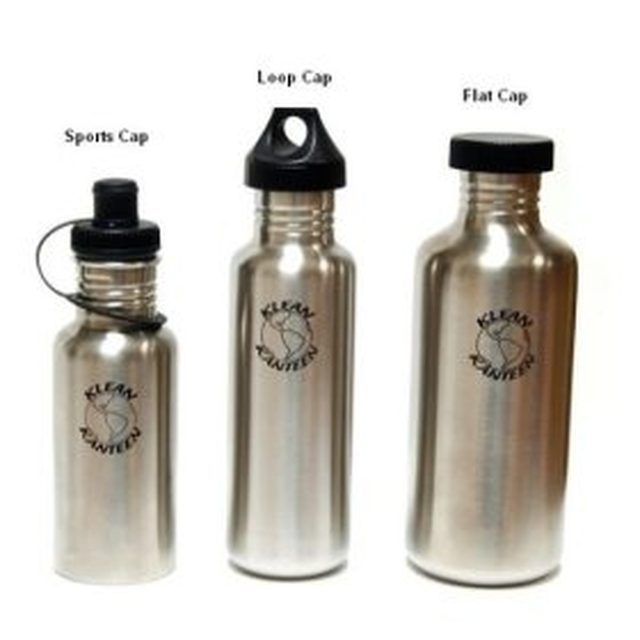Bulbs
Flower Basics
Flower Beds & Specialty Gardens
Flower Garden
Garden Furniture
Garden Gnomes
Garden Seeds
Garden Sheds
Garden Statues
Garden Tools & Supplies
Gardening Basics
Green & Organic
Groundcovers & Vines
Growing Annuals
Growing Basil
Growing Beans
Growing Berries
Growing Blueberries
Growing Cactus
Growing Corn
Growing Cotton
Growing Edibles
Growing Flowers
Growing Garlic
Growing Grapes
Growing Grass
Growing Herbs
Growing Jasmine
Growing Mint
Growing Mushrooms
Orchids
Growing Peanuts
Growing Perennials
Growing Plants
Growing Rosemary
Growing Roses
Growing Strawberries
Growing Sunflowers
Growing Thyme
Growing Tomatoes
Growing Tulips
Growing Vegetables
Herb Basics
Herb Garden
Indoor Growing
Landscaping Basics
Landscaping Patios
Landscaping Plants
Landscaping Shrubs
Landscaping Trees
Landscaping Walks & Pathways
Lawn Basics
Lawn Maintenance
Lawn Mowers
Lawn Ornaments
Lawn Planting
Lawn Tools
Outdoor Growing
Overall Landscape Planning
Pests, Weeds & Problems
Plant Basics
Rock Garden
Rose Garden
Shrubs
Soil
Specialty Gardens
Trees
Vegetable Garden
Yard Maintenance
How to Transport Water
How to Transport Water. Transporting water over any distance can be a challenge. Knowing the systems and methods available helps in making the decision as to what route to take. If it is a one time deal, then the question of how to do it effectively and economically is not quite so important.When you have an ongoing project that will need water for...
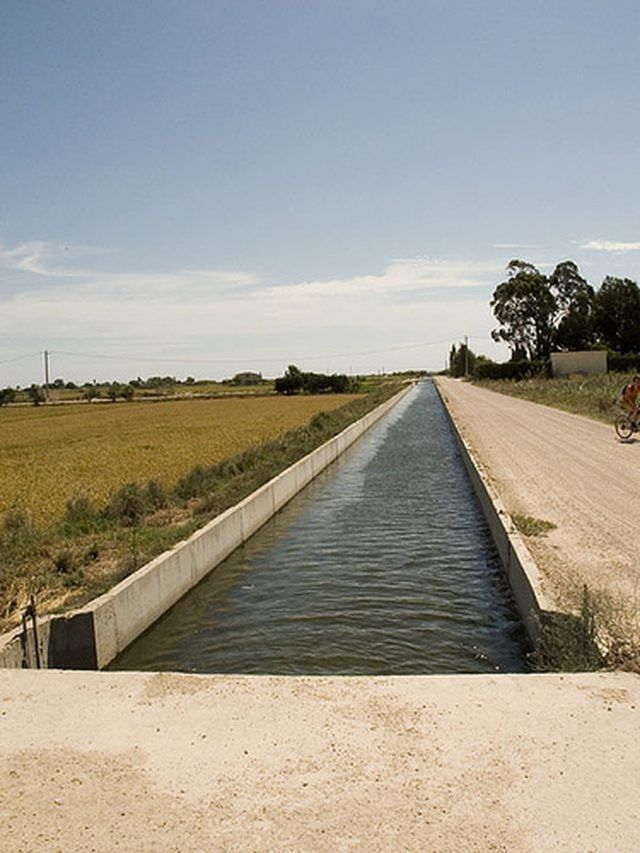
Transporting water over any distance can be a challenge. Knowing the systems and methods available helps in making the decision as to what route to take. If it is a one time deal, then the question of how to do it effectively and economically is not quite so important.When you have an ongoing project that will need water for quite some time, then it becomes necessary for a serious amount of planning. Read on to learn how to transport water.
Provide a pathway for it to flow. This can be through a hose, a canal or a tunnel. You are basically providing an aqueduct of some sort. This works well when you have gravity pulling the water or a source of water pressure to push it as in a public water system. This system has been used by gardeners for irrigation successfully for hundreds of years. It is useful for applications where the transport distance is not too great otherwise some form of pumping has to happen to keep it moving. It has also been used in homes where rain water is collected on the roof and then fed by gravity to lower parts of the home. Today it is used in public systems where water towers are erected and the gravity feeds the water into the surrounding area.
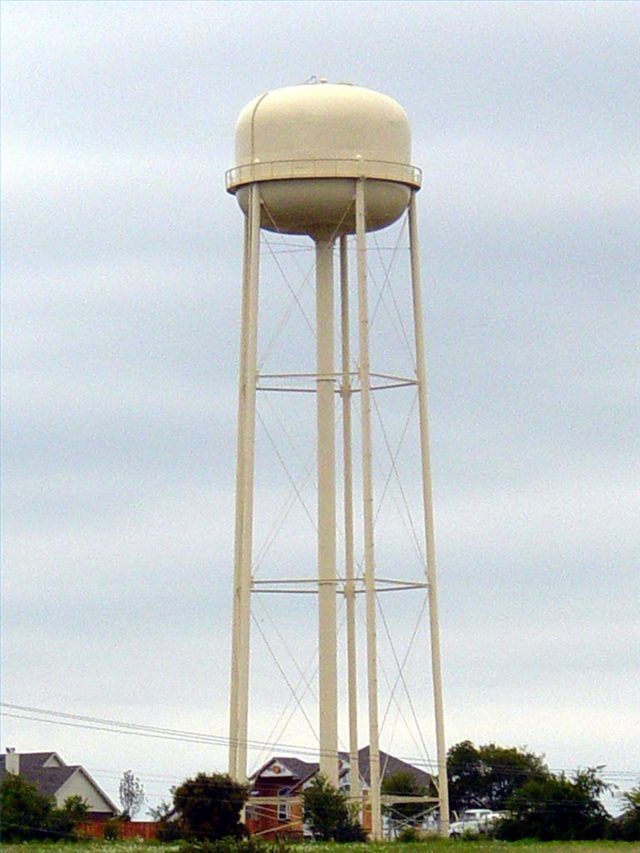
Contain the water and bring it to the destination point. This can be done with something as small as a watering can or as large as a tanker depending on the need. This method is used by firetrucks to carry water to a site where there are no fire hydrants. It is also used by firefighters in air drops to bring water quickly to an area. This is also used slightly modified by using a rain barrel at the destination point. The rain is collected in the barrel and contained for future use. There are parts of the Middle East where no infrastructure has yet been built for water and therefore the water tanker delivery system is a highly competitive option.
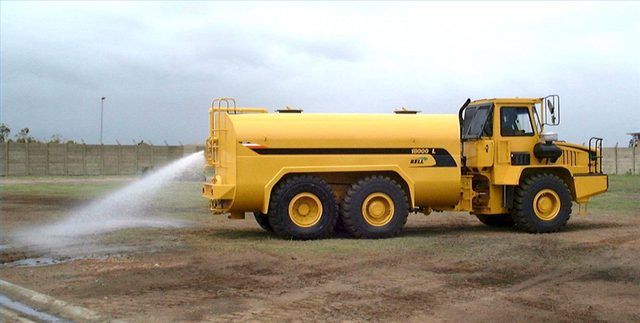
Pull the water. Commercially this is done with icebergs or water bags where a tugboat will pull the load through the water to the destination point. This is useful in areas where drinking water is not available but there is a source of flowing water as in a river.
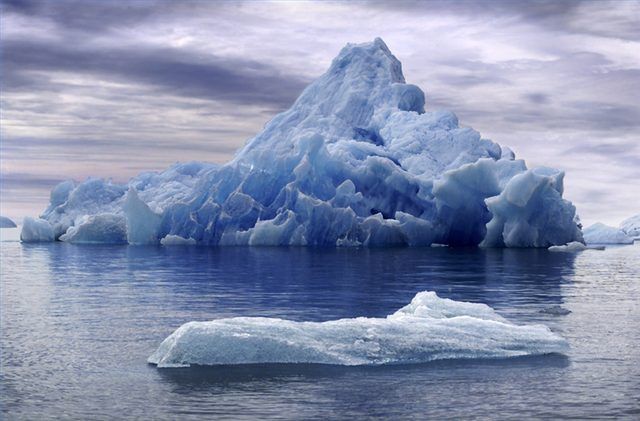
Domestically, our options for transporting water are as simple as a glass or stainless steel or ceramic container for personal drinking usage or large plastic opaque tanks that can be loaded on the back of pickup trucks prior to filling and then driven to a destination. Plastic has become a questionable container for drinking water due to the leaching of chemicals from the plastic into the water. It is also questionable since it is hard to recycle or decompose in landfills. Moving gallons of water to a destination can also be done simply by filling many containers and bringing them to the site, a user-friendly option.
